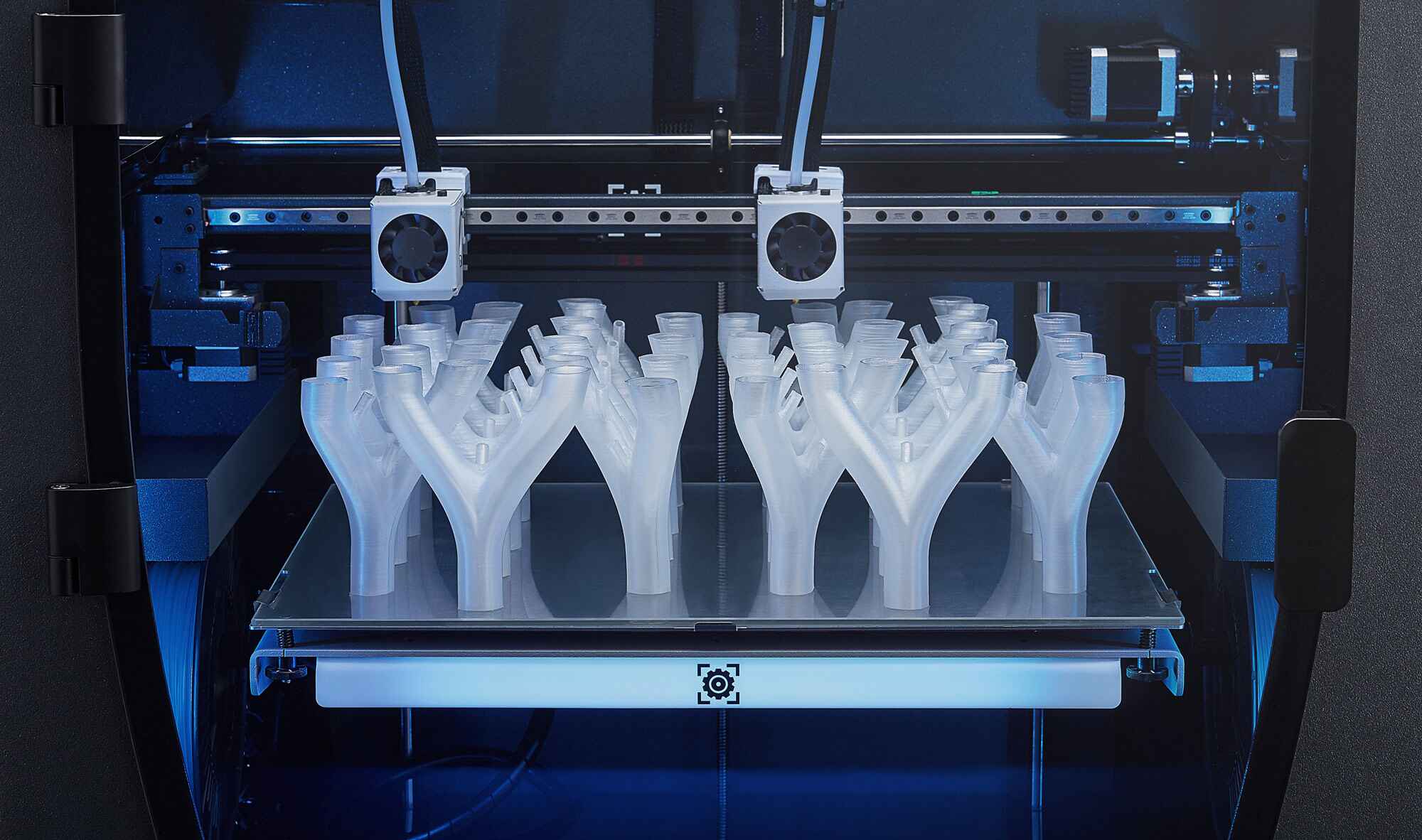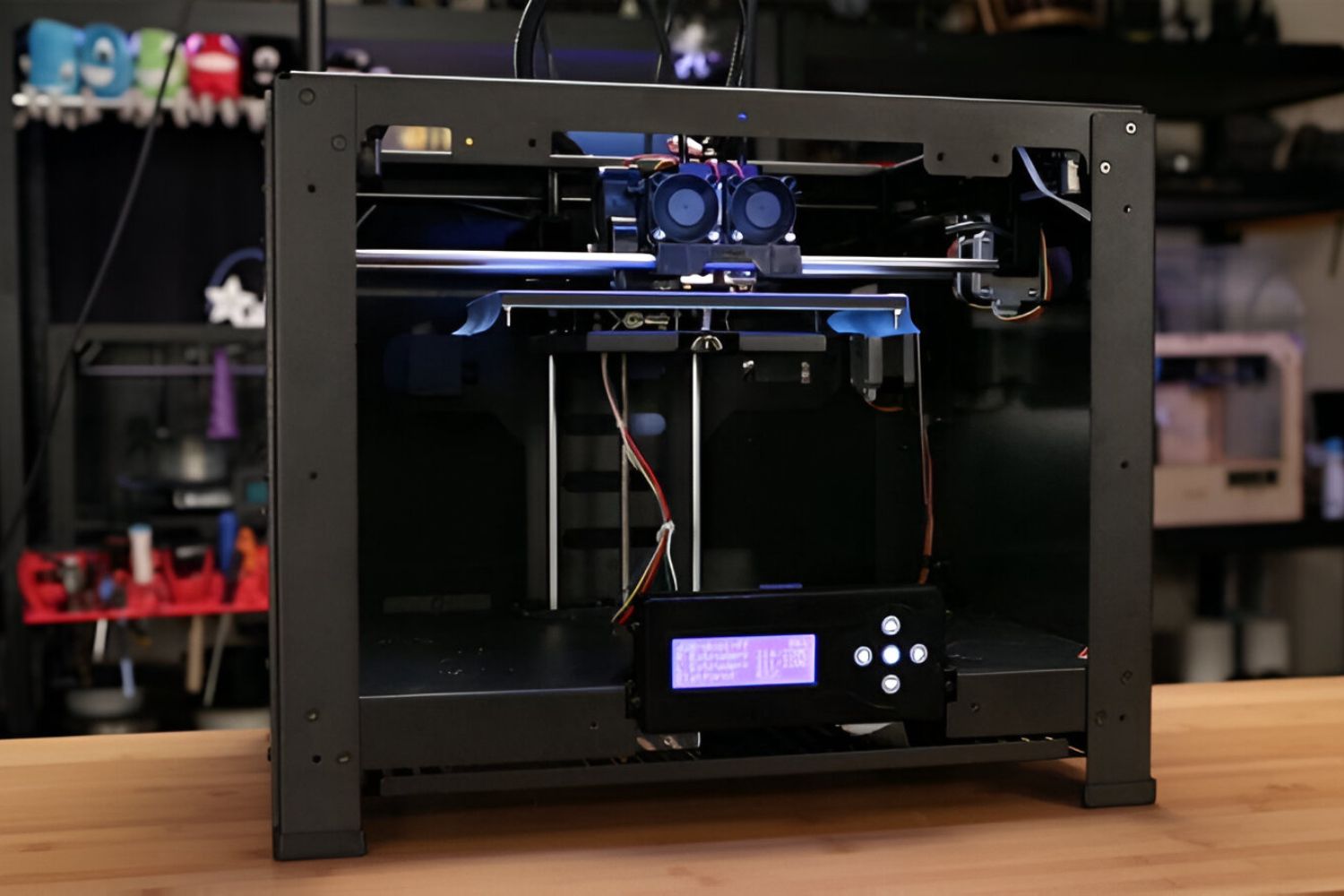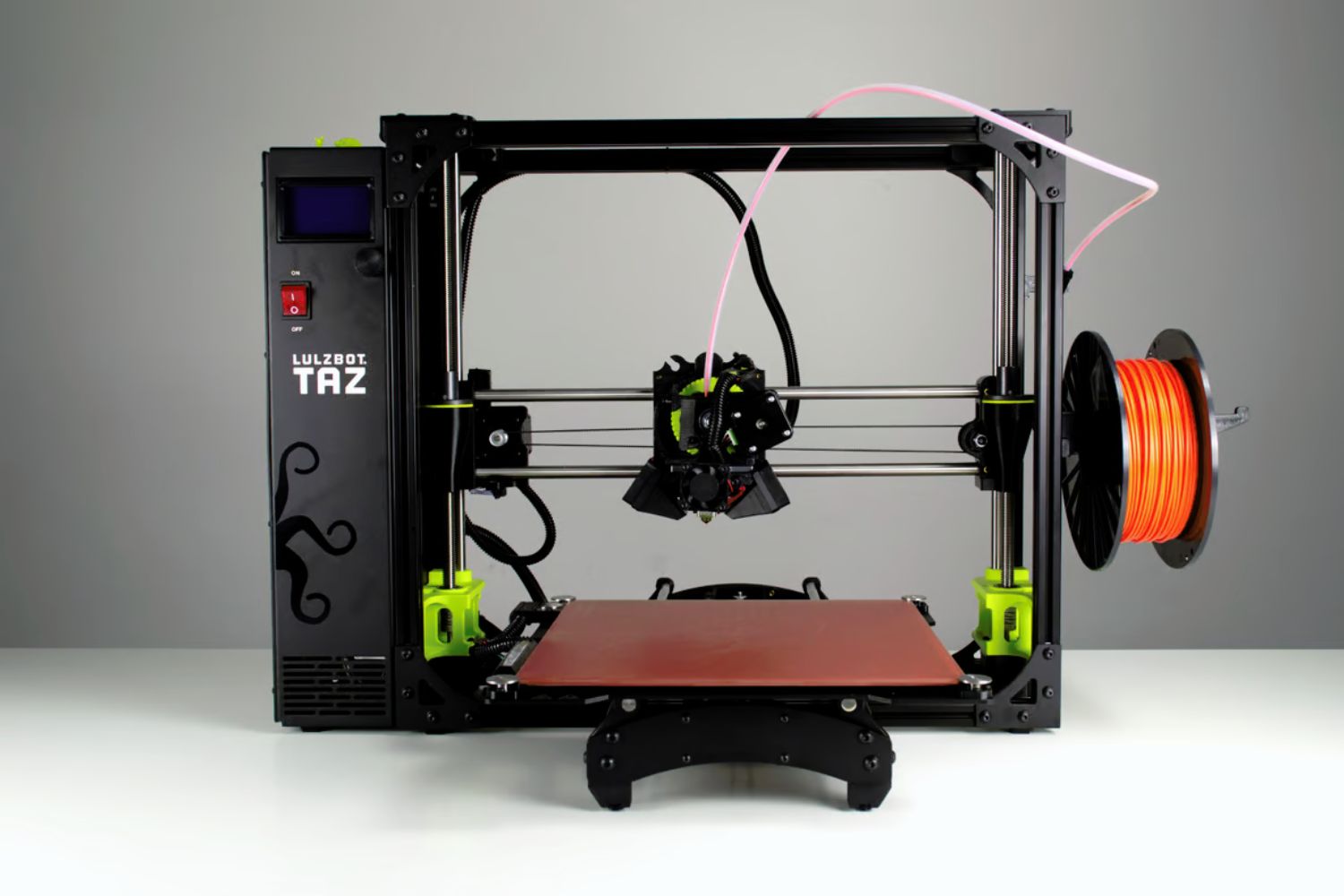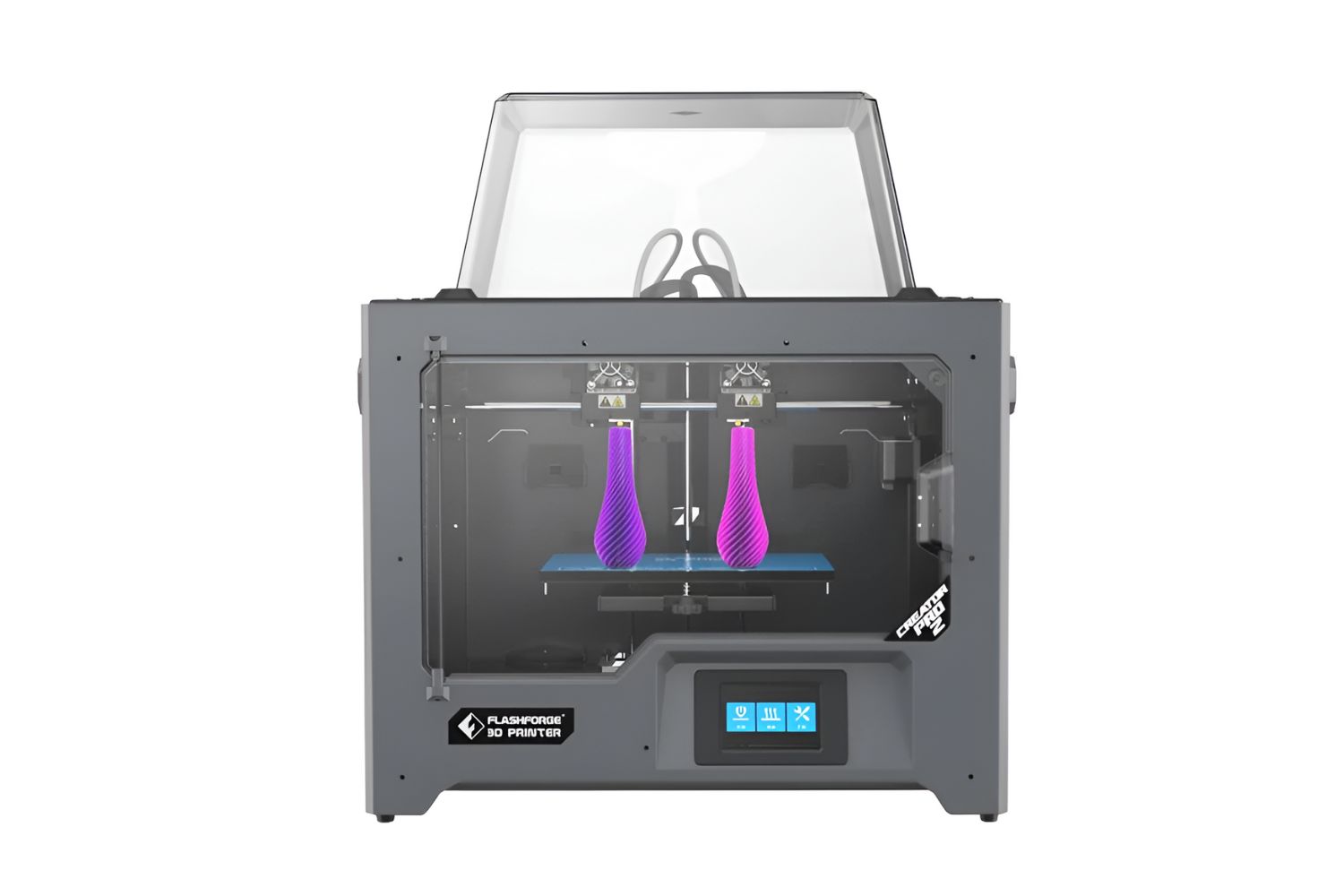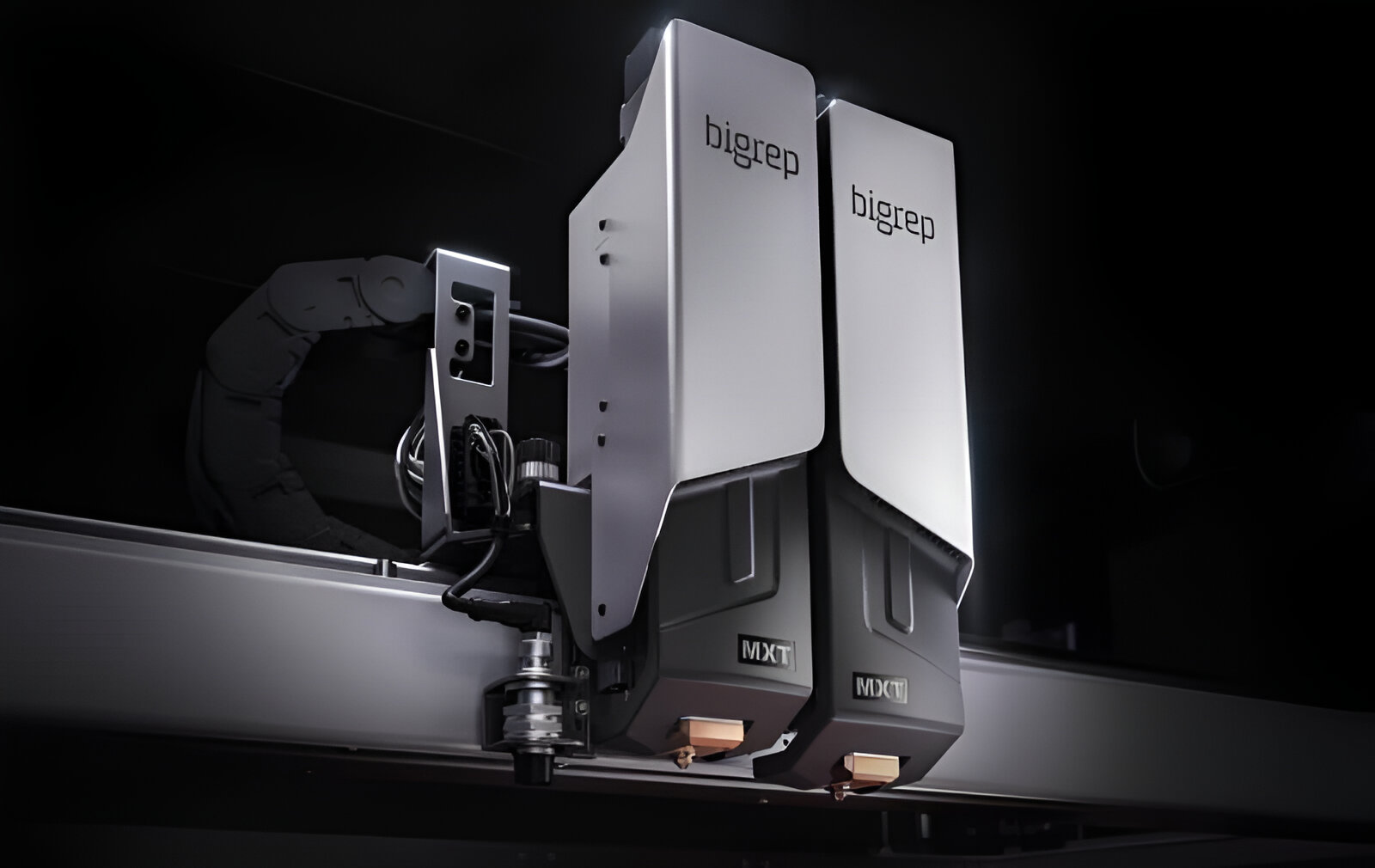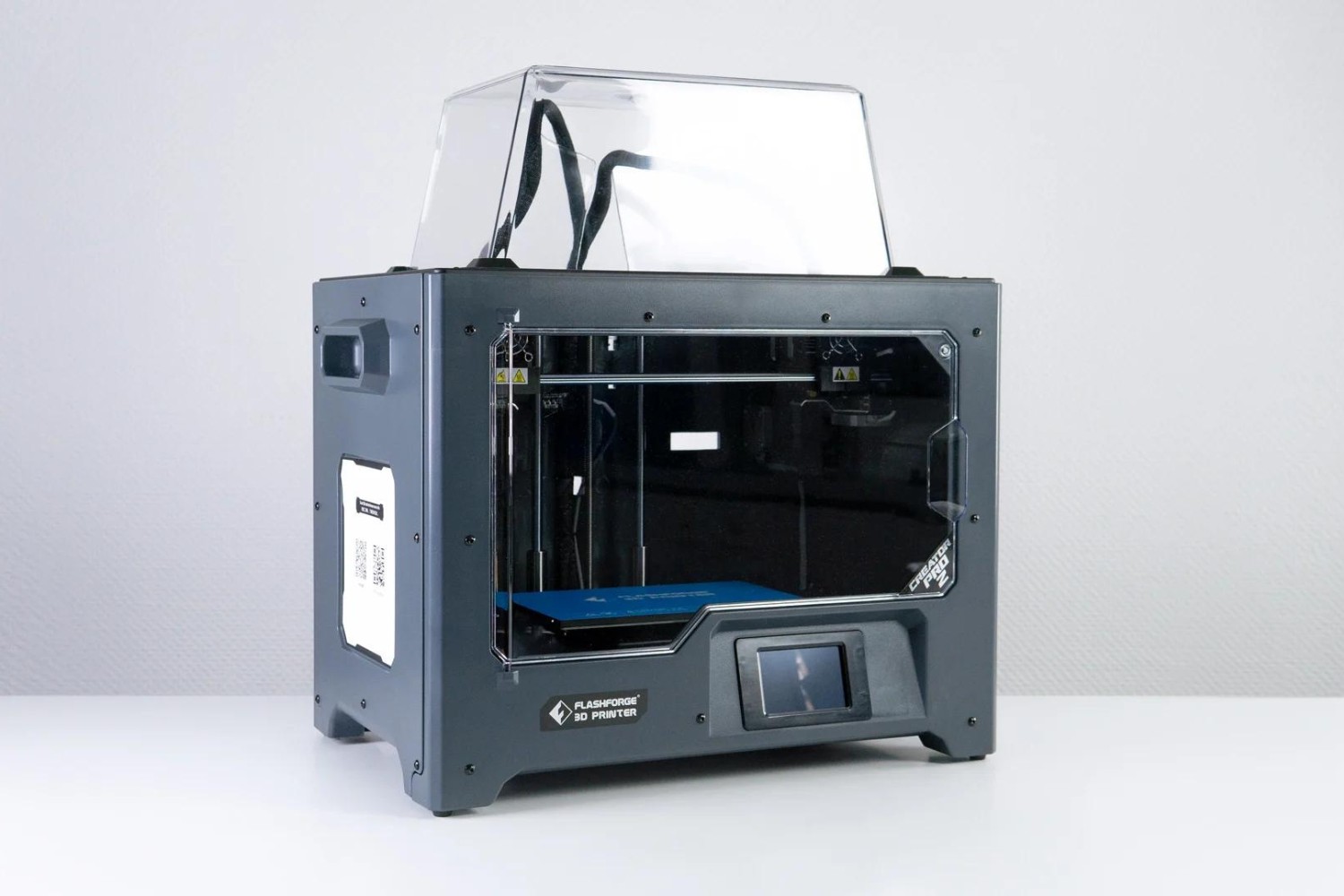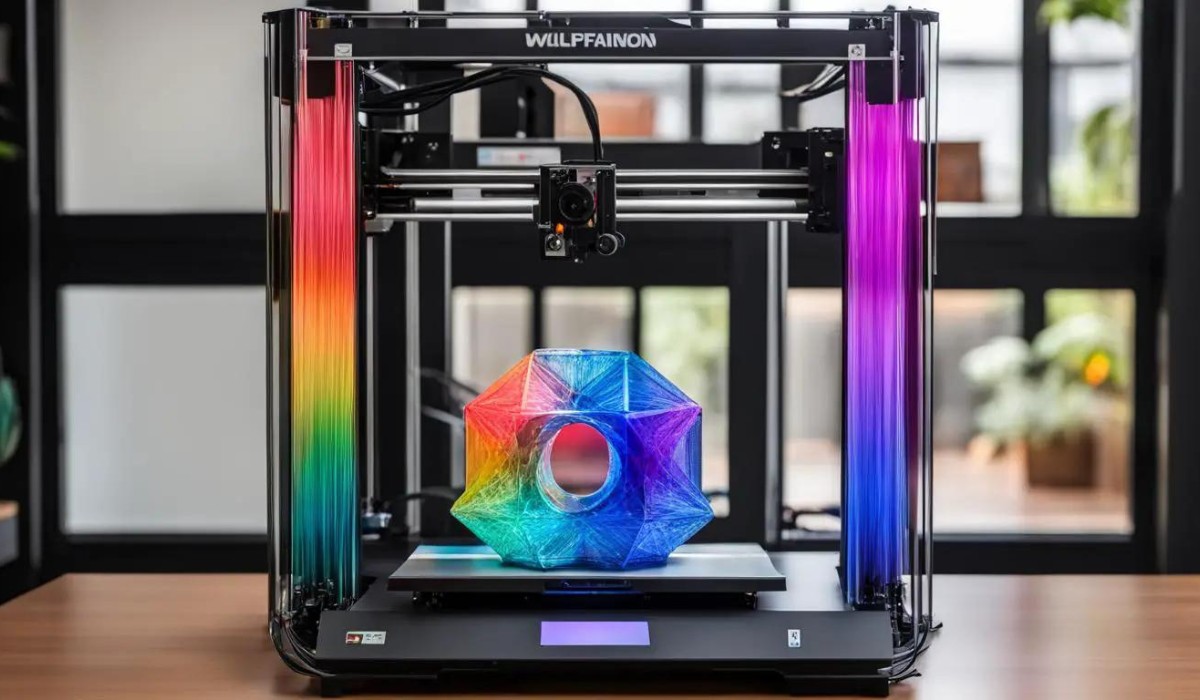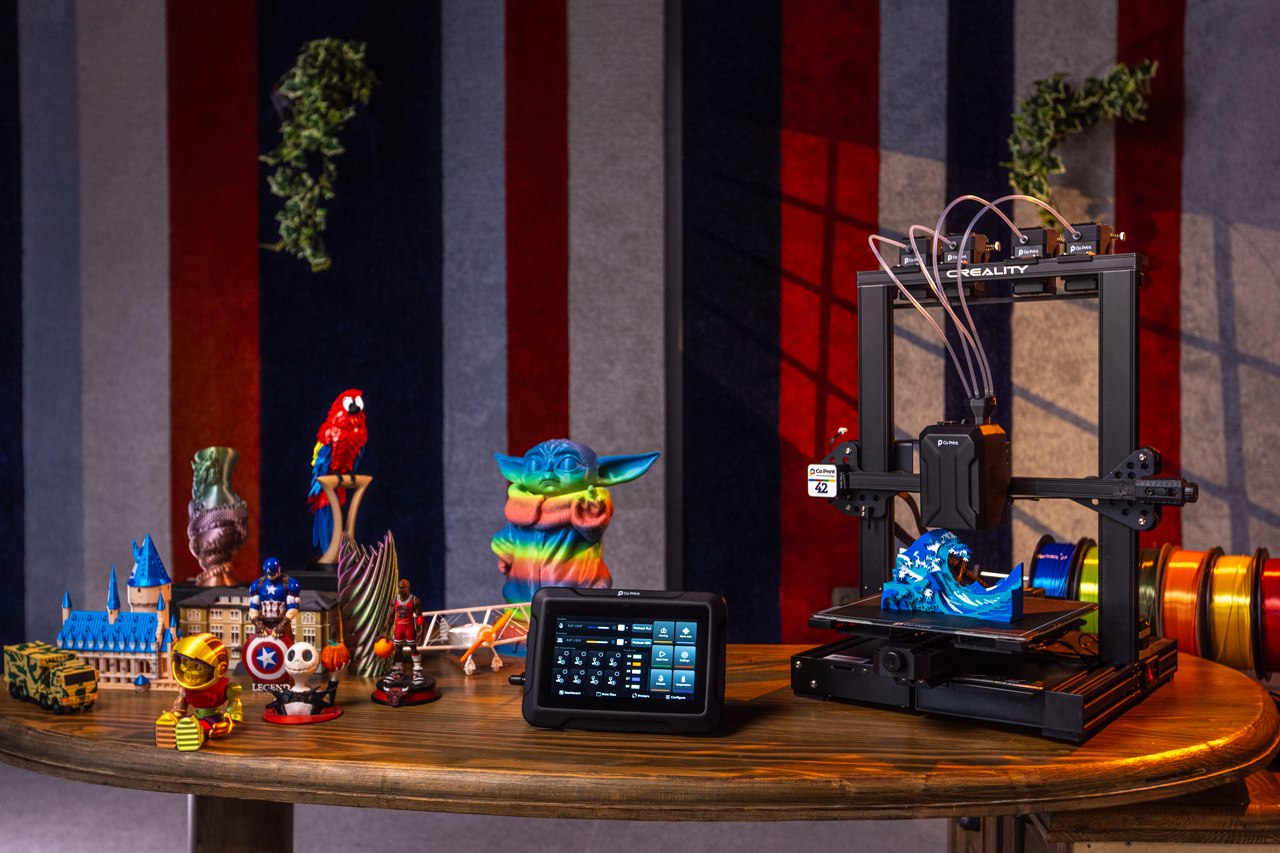Why Use an IDEX 3D Printer?
3D printing technology has rapidly evolved over the years, and one of the latest innovations in this field is the use of an Independent Dual Extruder (IDEX) system. An IDEX 3D printer is a cutting-edge device that offers a range of unique capabilities and advantages compared to traditional single extruder 3D printers. Here are some compelling reasons why you should consider using an IDEX 3D printer for your printing needs.
1. Increased Printing Speed: One major advantage of an IDEX 3D printer is its ability to print using two independent extruders simultaneously. This means that you can print objects twice as fast as a single extruder printer, saving you valuable time and increasing your overall productivity.
2. Printing with Different Materials: With a single extruder printer, you are limited to printing with a single material at a time. However, an IDEX 3D printer allows you to utilize two different materials or colors simultaneously. This opens up a whole new world of possibilities, enabling you to create intricate designs, multi-colored models, or functional parts with support structures that can be easily removed.
3. Improved Print Quality: Thanks to the independent dual extruders, an IDEX 3D printer can produce high-quality prints with better surface finish and finer details. You can use one extruder for printing the main object and the other for adding intricate details or support structures. This enables you to achieve complex designs and geometries that would be challenging with a single extruder printer.
4. Versatile Printing Options: One of the most notable advantages of an IDEX 3D printer is the ability to perform mirror and duplicate printing. This means you can simultaneously print identical objects or mirror images of a model, saving time and effort when producing multiple parts. Additionally, you can print two different objects simultaneously, increasing your printing efficiency and versatility.
5. Seamless Dual Material Transitions: IDEX 3D printers excel in bridging material transitions between different sections of a model. This eliminates the need for post-processing or manually switching filaments, resulting in a smoother and more efficient printing process. This feature is especially valuable when creating multi-material or multi-color prints.
Overall, an IDEX 3D printer offers a range of benefits that make it a superior choice for those looking to push the boundaries of 3D printing. From increased printing speed to improved print quality and versatile printing options, the capabilities of an IDEX 3D printer are unmatched. Whether you are a hobbyist, a professional designer, or an engineer, incorporating an IDEX 3D printer into your workflow can revolutionize the way you bring your ideas to life.
How Does an IDEX 3D Printer Work?
Understanding the inner workings of an Independent Dual Extruder (IDEX) 3D printer can help you appreciate the unique capabilities it offers. Unlike traditional single extruder printers, an IDEX 3D printer operates with two independent extruders, each equipped with its own hot end and filament feed mechanism. Here’s a step-by-step breakdown of how an IDEX 3D printer works:
1. File Preparation: To begin, you need a 3D model that you want to print. This model can be created using 3D modeling software or downloaded from online repositories. Once you have your model, it needs to be prepared for printing using slicing software. Slicing software processes the model, converting it into layers and generating the corresponding G-code instructions.
2. Loading Filaments: With an IDEX 3D printer, you have the option to use two different filaments, allowing for multi-material or multi-color printing. Start by loading the desired filaments into their respective extruders. The filaments are typically inserted into the extruders using a Bowden tube or direct-drive mechanism, ensuring a smooth filament flow throughout the printing process.
3. Leveling the Build Plate: Like any 3D printer, an IDEX printer requires a level build plate to ensure proper adhesion and accurate printing. Use the printer’s built-in leveling process or manual adjustments to achieve a leveled surface.
4. Printing Process: Once the filaments are loaded and the build plate is leveled, it’s time to start the printing process. The IDEX system allows for several different printing modes:
- Single Extruder Mode: In this mode, the printer functions similarly to a standard single extruder printer, using only one of the extruders to print the entire model.
- Dual Extruder Mode: This mode utilizes both extruders simultaneously, enabling the printing of two different materials or colors within the same layer or section of the model.
- Mirror Mode: Mirror mode prints a mirrored version of the model simultaneously using both extruders. This is useful when producing symmetrical parts or objects.
- Duplicate Mode: Duplicate mode enables the simultaneous printing of multiple identical models using both extruders. This is a valuable feature for batch production.
5. Support Structures and Raft: If your model requires support structures or a raft for stability during printing, the IDEX 3D printer can create them using the second extruder while printing the main object with the first extruder. This helps maintain print quality and reduces the need for post-processing.
6. Finishing and Removal: Once the printing process is complete, allow the print to cool before removing it from the build plate. Depending on the materials used and the complexity of the object, you may need to remove any support structures or perform additional post-processing steps such as sanding or painting to achieve the desired finish.
By utilizing two independent extruders, an IDEX 3D printer provides flexibility and unique printing capabilities. Whether you’re looking to create intricate multi-colored models, mirror images, or duplicate parts, an IDEX 3D printer offers unparalleled versatility for bringing your designs to life.
Advantages of Using an IDEX 3D Printer
Investing in an Independent Dual Extruder (IDEX) 3D printer comes with numerous advantages that set it apart from traditional single extruder printers. The innovative technology of an IDEX 3D printer offers a range of benefits, making it a valuable tool for various applications. Let’s explore some of the key advantages of using an IDEX 3D printer:
1. Increased Efficiency: With an IDEX 3D printer, you can significantly increase your printing efficiency. By utilizing two independent extruders, you have the option to print two models simultaneously or mirror images of the same model. This feature is especially beneficial for batch production, saving you time and resources.
2. Enhanced Workflow: The dual extruder setup of an IDEX printer allows for seamless switching between different materials or colors. This makes it easier to incorporate intricate details or complex geometries when printing. Additionally, the ability to print support structures simultaneously with the main object simplifies the post-processing workflow.
3. Versatility in Material Choices: An IDEX 3D printer offers the freedom to use different types of filaments and experiment with various material combinations. You can print with both rigid and flexible filaments, or even combine materials with different properties to create functional prints with distinct characteristics.
4. Improved Print Quality: The independent dual extruders of an IDEX printer enable the production of high-quality prints with finer details and better surface finishes. You can achieve greater accuracy in multi-material printing by using one extruder for the main object and the other for support structures or intricate features.
5. Reduction in Material Waste: IDEX 3D printers offer a more efficient use of materials, reducing waste during the printing process. As you print with two independent extruders, you have the option to use one extruder exclusively for support structures or printing in soluble materials that can be easily dissolved afterward, minimizing material usage.
6. Increased Design Possibilities: The capabilities of an IDEX 3D printer expand the horizons of design possibilities. You can create complex geometries, multi-colored models, or functional parts with ease. The ability to print with two materials simultaneously also opens up doors for designing objects with varying material properties within a single print.
7. Cost Savings: While an IDEX 3D printer may have higher upfront costs compared to a single extruder printer, it provides long-term cost savings. The ability to print multiple objects simultaneously or mirror images reduces production time and increases overall productivity, allowing you to achieve a higher return on investment.
With its versatility, efficiency, and improved print quality, an IDEX 3D printer is a valuable tool for hobbyists, professionals, and businesses alike. From intricate designs to functional prototypes, this innovative technology empowers users to push the boundaries of 3D printing, resulting in exceptional creations that meet their unique needs.
Disadvantages of Using an IDEX 3D Printer
While an Independent Dual Extruder (IDEX) 3D printer offers a range of advantages, it’s important to consider the potential disadvantages that come with this innovative technology. Although the drawbacks are minimal, they are worth noting to make an informed decision. Here are some of the potential disadvantages of using an IDEX 3D printer:
1. Higher Cost: Compared to traditional single extruder printers, IDEX 3D printers tend to be more expensive. The incorporation of dual extruders and the complexity of the system contribute to the higher upfront costs. If you’re on a tight budget, the initial investment in an IDEX 3D printer may be a significant factor to consider.
2. Increased Complexity: Operating an IDEX 3D printer requires a certain level of technical knowledge and understanding of the dual extrusion system. Setting up and calibrating the printer properly can be more complex compared to single extruder printers. Users may need to spend more time initially to learn and familiarize themselves with the IDEX system.
3. Potentially Slower Printing Speed: While an IDEX printer has the capability to print multiple objects simultaneously, it may result in a slower overall printing speed compared to single extruder printers. The time taken to print two objects together or to switch between materials can add to the overall printing time, especially for complex models.
4. Increased Filament Usage: As an IDEX 3D printer utilizes dual extruders, the consumption of filament is generally higher compared to a single extruder printer. This can lead to increased material costs over time. It’s important to consider the extra filament used for support structures and potential waste when weighing the overall efficiency of the printer.
5. Maintenance and Upkeep: With the addition of dual extruders, an IDEX printer may require more maintenance and care compared to single extruder printers. The proper cleaning and calibration of both extruders and hot ends are necessary to ensure accurate printing and prevent potential issues such as clogging or filament leakage.
6. Limited Space for Bigger Prints: While an IDEX 3D printer offers versatility in printing multiple objects simultaneously, the available space for larger prints may be limited. The size of the printed objects may be constrained by the build plate size or the positioning of the dual extruders. It’s important to consider the dimensions of your desired prints when choosing an IDEX printer.
Despite the potential disadvantages, an IDEX 3D printer remains a powerful tool with numerous advantages. By understanding these limitations, users can make informed decisions and employ strategies to optimize the usage of their IDEX printers, maximizing their benefits while mitigating any drawbacks.
Applications of IDEX 3D Printing Technology
Independent Dual Extruder (IDEX) 3D printing technology opens up a wide range of applications across various industries. The unique capabilities of an IDEX printer allow for increased versatility and efficiency in creating intricate designs, functional prototypes, and customized objects. Here are some notable applications of IDEX 3D printing technology:
1. Product Design and Prototyping: IDEX 3D printers are widely used in product design and prototyping. The ability to simultaneously print multiple iterations or versions of a design accelerates the development process and allows for quick iterations. Designers can easily incorporate different materials or colors to evaluate aesthetics and functionality, leading to faster and more accurate prototyping.
2. Education and Research: IDEX 3D printers have significant educational applications. They enable students and researchers to explore the boundaries of 3D printing technology, enhance their understanding of materials, and experiment with complex geometries. IDEX printers can be used in various fields of study, including engineering, architecture, and medicine, to bring theoretical concepts to life through tangible 3D models.
3. Customization and Personalization: IDEX 3D printing technology is particularly valuable for customizing and personalizing objects. Its dual extruder system allows for multi-colored prints, enabling the creation of unique and personalized products, such as customized phone cases, jewelry, or figurines. This level of customization adds value and has applications in industries like fashion, consumer goods, and art.
4. Dental and Medical Applications: IDEX 3D printers play a significant role in the field of dentistry and medicine. Dentists and orthodontists can utilize the dual extruders to create highly accurate dental models, aligners, or surgical guides. Additionally, the capability to print support structures with dissolvable materials simplifies the creation of complex anatomical models for surgical planning or medical training purposes.
5. Architectural Scale Models: IDEX 3D printers are instrumental in architecture for creating detailed scale models of buildings and structures. The ability to print multiple sections of a model simultaneously or in different materials allows architects to showcase intricate designs and elements accurately. This technology enhances the visualization and communication of architectural concepts, aiding in client presentations and project approvals.
6. Arts and Crafts: Artists and craft enthusiasts can leverage the capabilities of IDEX 3D printers to push creative boundaries. The ability to print multi-colored models or integrate different materials in artworks offers new avenues for artistic expression. IDEX printers can produce intricate sculptures, jewelry, and artistic home decor items, enabling artists to bring their imaginative ideas to life.
These are just a few examples of the applications of IDEX 3D printing technology. The versatility, precision, and efficiency of an IDEX printer make it an invaluable tool in various industries, enabling professionals and enthusiasts alike to explore new possibilities and push the boundaries of creativity.
The Future of IDEX 3D Printing
The future of Independent Dual Extruder (IDEX) 3D printing technology holds great promise, with ongoing advancements and innovations shaping the trajectory of this field. As the demand for faster, more versatile, and higher-quality 3D printing continues to grow, IDEX printers are likely to play a significant role in meeting these requirements. Here are some potential developments and trends for the future of IDEX 3D printing:
1. Enhanced Printing Speed and Efficiency: As technology progresses, we can anticipate further improvements in the printing speed of IDEX printers. Manufacturers may develop more efficient extruder mechanisms, optimized slicing algorithms, and faster material switching mechanisms. These advancements will enable even faster production rates and increased productivity, making IDEX 3D printers more valuable for industrial applications.
2. Integration of Multi-material Capabilities: The integration of multiple materials within a single print is an area with vast growth potential. Future developments may allow for a broader range of materials to be used in IDEX printers, including advanced composites, conductive materials, and bio-compatible substances. This will further expand the scope of applications, enabling the production of functional and multi-material objects with intricate properties.
3. Smarter Control Software and Automation: Continued advancements in control software will contribute to the automation and simplification of the printing process. Improved algorithms for intelligent material switching, automatic support generation, and advanced error detection and correction mechanisms will enhance the user experience and reduce the need for manual intervention. This will make IDEX printers more user-friendly and accessible to a wider range of users.
4. Integration with other Manufacturing Technologies: The integration of IDEX printers with other manufacturing technologies, such as CNC milling or laser cutting, has immense potential. This integration would allow for the creation of hybrid systems, where different manufacturing techniques can be utilized simultaneously or sequentially. This interdisciplinary approach combines the strengths of IDEX 3D printing with the precision and scalability of other techniques, enabling the production of complex, multi-functional objects.
5. Miniaturization and Portability: The size and portability of IDEX printers are likely to become more compact and portable in the future. With advancements in miniaturization and materials, it is conceivable that IDEX printers will become more lightweight and portable, enabling greater accessibility and flexibility in different working environments. This would facilitate on-site printing and the use of IDEX printers in remote locations or field applications.
6. Integration of Advanced Sensors and Feedback Systems: The integration of advanced sensors and feedback systems can further enhance the precision and reliability of IDEX printers. Real-time monitoring of temperature, extrusion rates, filament usage, and other parameters can ensure optimal printing conditions, reduce the risk of failures, and improve print quality. These sensors could also be used to detect and correct potential issues during the printing process, enhancing the overall reliability and performance of IDEX printers.
The future of IDEX 3D printing is filled with exciting possibilities. As technology continues to evolve, we can expect faster printing speeds, increased material versatility, automation, and improved user experience. These advancements will drive further adoption of IDEX printers across industries and open up new opportunities for innovation and creativity.







